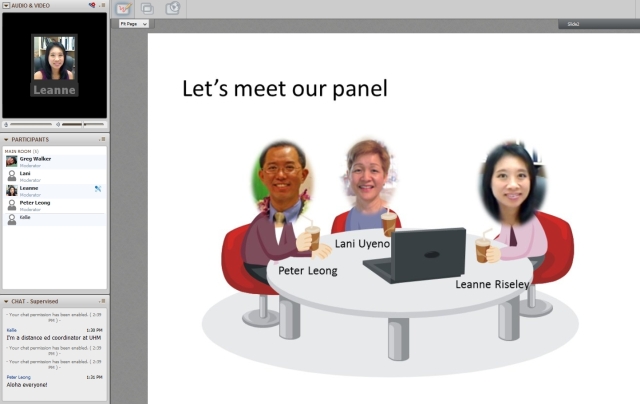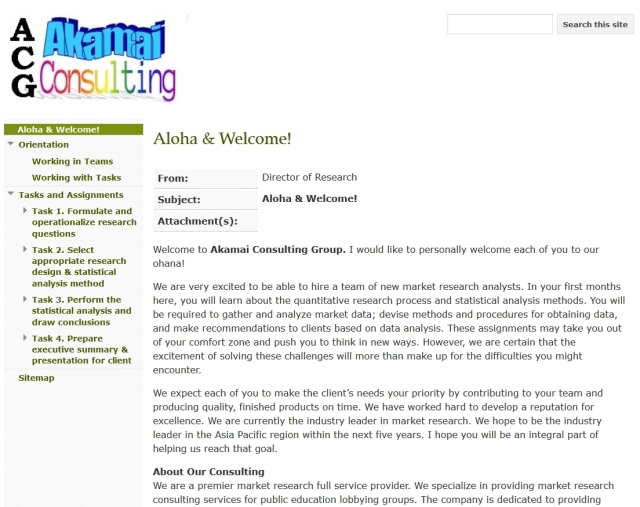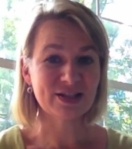Updated 10/10/13

Week 5 Panel Discussion Webinar: Using Problem-Based, Real-World Activities in Online Classes 10/9/13, featuring Lani Uyeno and Peter Leong, moderated by Leanne Riseley.
The following 4:20 video of Peter’s hybrid graduate course, quantitative research in ed tech, was added to YouTube by ikaikamiles on 2/16/13.
Comment
I watched the TOMOOC video of this webinar this afternoon. Both presentations provided excellent examples of authentic course designs for blended classrooms. The panel format was dynamic, with Leanne asking questions and panelists responding with quick replies. The Q&A segment following the panel was, as usual, very good, with some very tough questions re online features of their courses.
In this quick review, I’ve chosen to highlight Peter’s course instead of Lani’s only because I began my web search with him and quickly found a brief 4:20 YouTube video and a website clearly describing his course. (See above.) I haven’t had a chance to research Lani’s course, and I apologize for this especially since Lani is an old friend and former department colleague. She was at Kapiolani CC many years before transferring to Leeward.
The overriding impression that I got from both panelists is that successful authentic courses require planning, planning, planning, tweaking, tweaking, tweaking. But it seems to be a labor of love, and the quality of these courses testify to that. Their excitement about what they’re doing is infectious.
For the students, the learning experience seems very realistic and engaging — but the key is that this realism and interaction takes a lot of planning. Still, watching the webinar, I got the impression that this is all doable. Peter and Lani take the mystery and fear out of the process and expose the process for what it is: an imaginative and exciting student-centered alternative to traditional teacher-centered approaches that’s fun for both teachers and students.
The learning outcomes, I’m sure, must be outstanding, with students getting a holistic, hands-on, personally relevant view of the skills and concepts they’re not only studying but constructing.
The issue of adapting these approaches to completely online courses was beyond the scope of this panel so I won’t go into it — except to say that I believe it can be done very effectively. However, that’s another story. As blended approaches, these two are outstanding. Once again, thanks, Lani and Peter, and the TOMOOC team.
__________
Update from Leanne (10/10/13): Lani developed [two scenarios] for English Composition: Ka Hui Ho’okolokolo (https://sites.google.com/a/hawaii.edu/ka-hui-ho-okolokolo/home) and Halia (https://sites.google.com/site/haliamemory/)…. If you are interested in other PBL scenarios, a library of them are available at: http://learnpbl.com/scenario-based-tasks/





